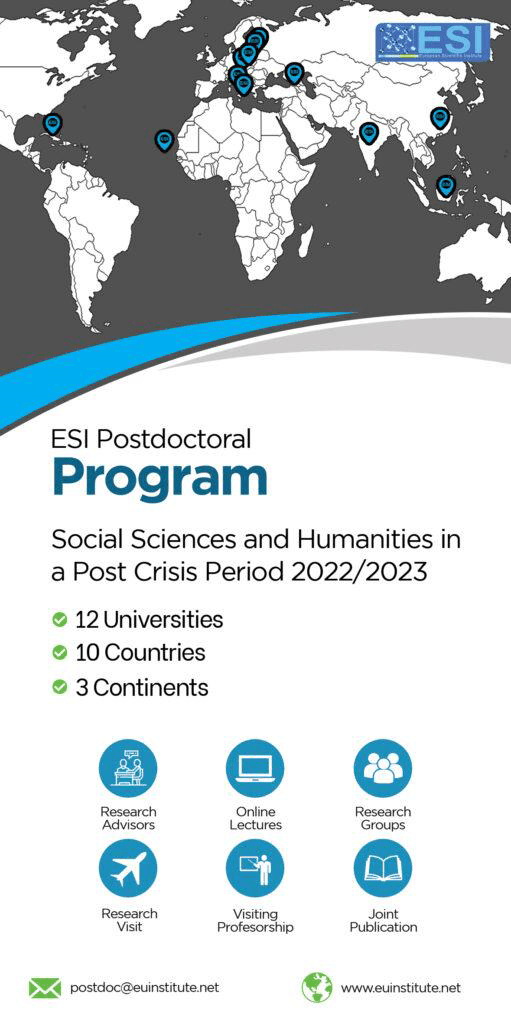Government Size and Economic Growth in Italy: A Time-series Analysis
Abstract
The aim of this paper is to empirically assess the relationship between government size and economic growth. Using time series methodologies applied to annual data for Italy, the effect of public expenditure, unemployment, and fiscal reforms on economic activity have been analysed. The data used in these analyses have been collected and shown in Forte (2011). The analysis covered a very long period, 1861-2008. Our results show the presence of a non-linear relationship between the size of the public sector (measured by the share of government expenditure over GDP) and the economic growth rate for Italy. In general, the presence of an inverted “U-shape” curve, which emerges for the last two decades, suggests that expenditure cuts might be faster than GDP dynamic. This result is in line with recent empirical literature on this issue. Interestingly, for the monarchic years, it has been found that the zero budget constraint provoked a slower aggregate income variation.Downloads
Download data is not yet available.
Metrics
Metrics Loading ...
PlumX Statistics
Published
2016-03-30
How to Cite
Forte, F., & Magazzino, C. (2016). Government Size and Economic Growth in Italy: A Time-series Analysis. European Scientific Journal, ESJ, 12(7), 149. https://doi.org/10.19044/esj.2016.v12n7p149
Section
Articles







